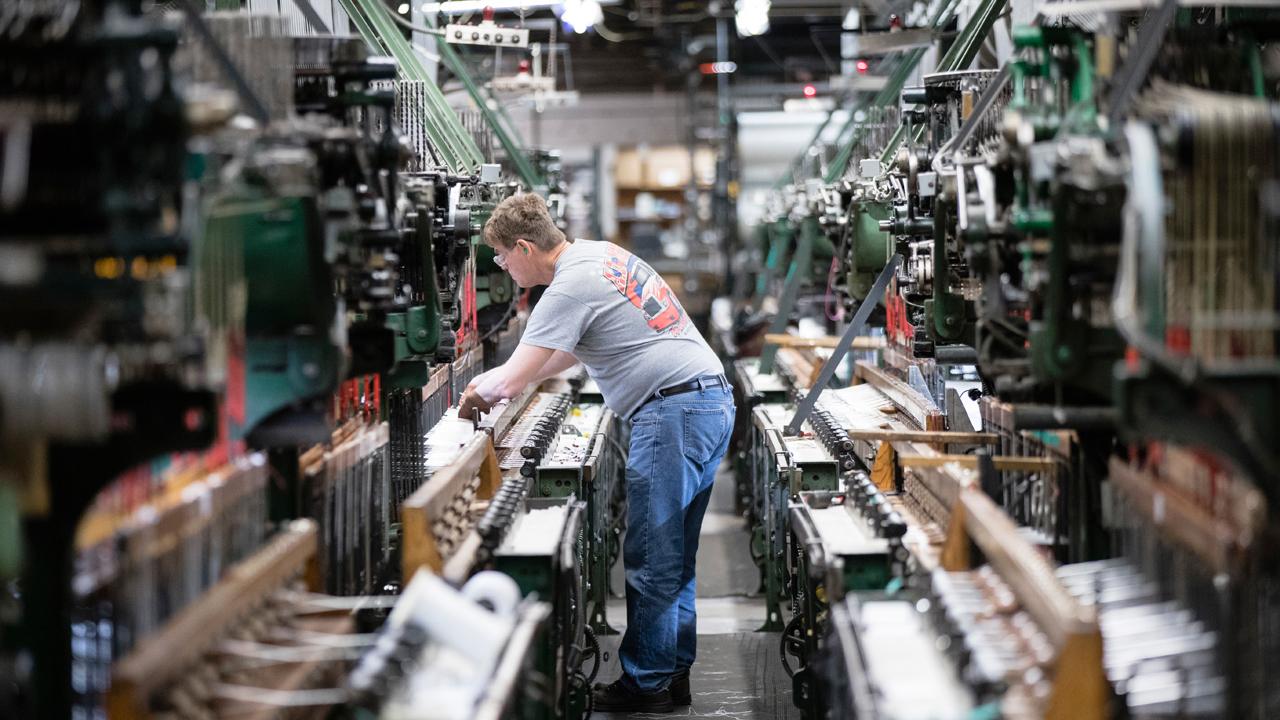Employers look to gig economy in tight labor market
The gig economy, comprised on contract and short-term workers, is becoming increasingly vital to the overall health of the jobs market – so much that, in fact, it accounts for more than 15 million employees.
And in an incredibly tight job market, with the unemployment rate at 3.7 percent a nearly 50-year low, employers are relying heavily on contingent workers as an alternative pool of labor, hoping to fill the more than 7 million outstanding job openings, according to a new study published by software company iCIMS.
Notably, educated women account for a large portion of the gig economy workforce: About 60 percent of these employees are women, compared to only 40 percent that are men. Most employees have some level of education, with nearly 50 percent who have either a graduate, bachelor or associate degree.
And companies such as Uber, Lyft and Airbnb, all of which are expanding, are helping to push forward this new layer of the workforce.
Some highlights from the survey’s respondents on job types.
High-paying Jobs
- Creative services, like writing or photography: 27%
- Administrative services: 13%
- Technology services, like coding or programming:13%
Low-paying Jobs
- Cleaning homes: 16%
- Babysitting: 14%
- Rideshare services, like Uber: 6%
Most of the workers -- 70 percent -- are relying on their part-time work as the primary source of income. About one-third make less than $35,000, while another one-third can earn up to $100,000.




















